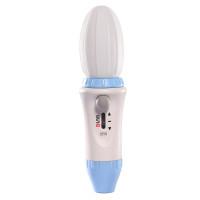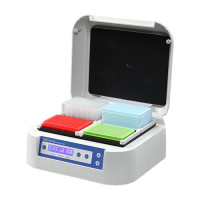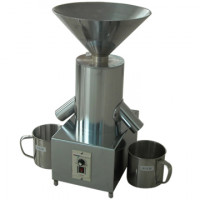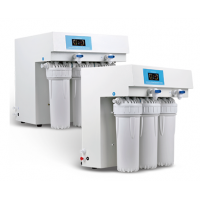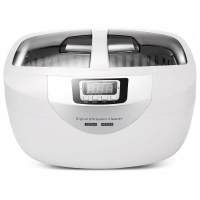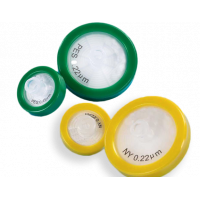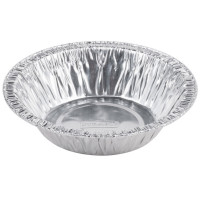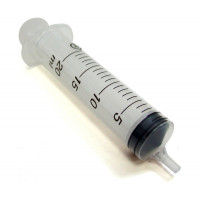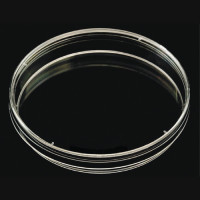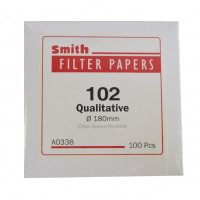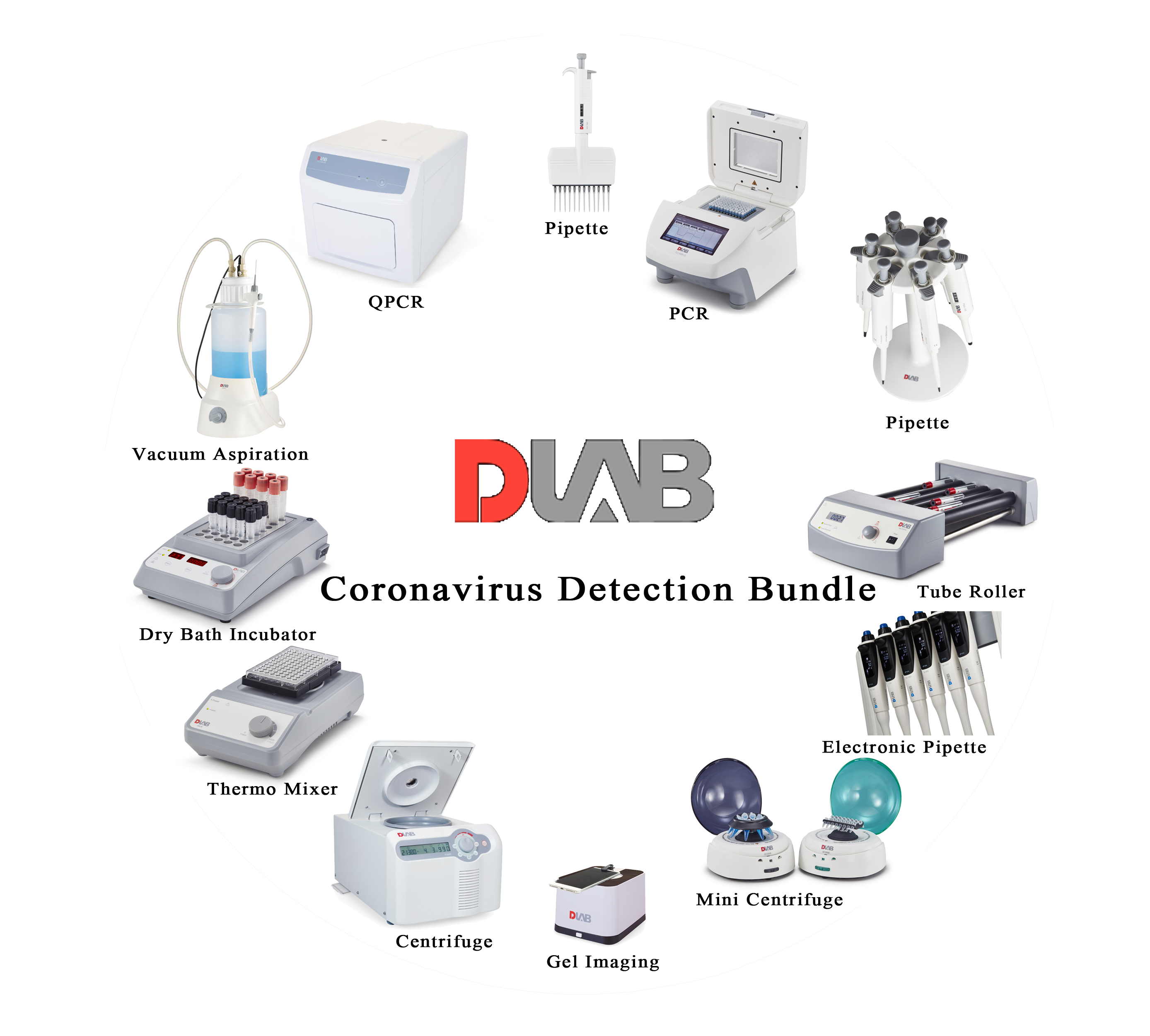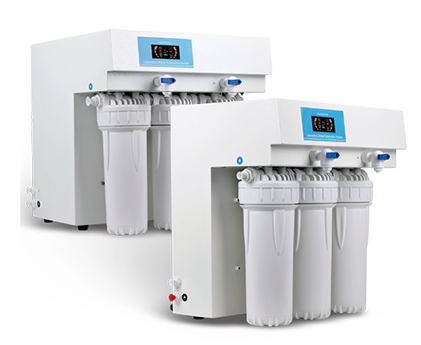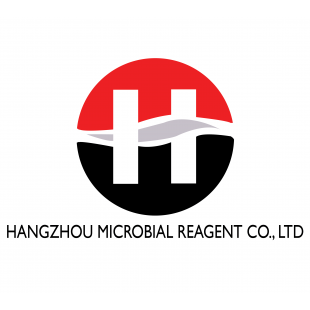Ask Question About Product
Description:
Baird-Parker1 developed this medium from the tellurite -glycine formulation of Zebovitz et al.2 and improved its reliability in isolating Staphylococcus aureus from foods. Baird-Parker added sodium pyruvate, to protect damaged cells and aid their recovery2 and egg yolk emulsion as a diagnostic agent. It is now widely recommended by national and international bodies for the isolation of Staphylococcus aureus 4.
The selective agents glycine, lithium and tellurite have been carefully balanced to suppress the growth of most bacteria present in foods, without inhibiting Staphylococcus aureus.
Egg yolk emulsion makes the medium yellow and opaque. Staphylococcus aureus reduces tellurite to form grey-black shiny colonies and then produces clear zones around the colonies by proteolytic action. This clear zone with typical grey-black colony is diagnostic for Staphylococcus aureus (see Table 1 for typical reactions). On further incubation, most strains of Staphylococcus aureus form opaque haloes around the colonies. This is probably due to the action of a lipase. Not all strains of Staphylococcus aureus produce both reactions. Some strains of Staphylococcus saprophyticus produce both clear zones and opaque haloes but experienced workers can distinguish these from Staphylococcus aureus by the longer incubation time required5.
Colonies typical of Staphylococcus aureus but without an egg yolk reaction should also be tested for coagulase production6. Egg yolk reaction negative strains of Staphylococcus aureus may occur in some foods, especially cheese. Smith and Baird-Parker7 found that the addition of 50µg of sulphametazine per ml of medium suppressed the growth and swarming of Proteus species. Small numbers of Staphylococcus aureus could then be recovered from specimens containing mixed Proteus strains.
Baird-Parker and Davenport8 showed that the recovery of damaged staphylococci was greater on Baird-Parker medium than on other recovery media tested. Broeke9 and de Waart et al.10 found Baird-Parker medium valuable in ecological studies on foods incriminated in staphyloenterotoxicosis. Of the 522 strains of Staphylococcus aureus tested, 97.5% isolated from human and food origins developed characteristically and quantitatively on Baird-Parker medium.
Table 1: Colony characteristics of typical organisms on Baird-Parker Egg Yolk Tellurite Medium
| Organism | GROWTH | Colony |
| Staphylococcus aureus | Good | Grey-black shiny convex 1- 1.5 mm diameter (18 hours) up to 3 mm (48 hours) narrow white entire margin surrounded by zone of clearing 2-5mm |
| Staphylococcus epidermis | Variable | Not shiny black and seldom produces clearing |
| Staphylococcus saprophyticus | Variable | Irregular and may produce clearing. Wide opaque zones may be produced in 24hrs |
| Micrococcus species | Variable | Very small in shades of brown and black. No Clearing |
| Bacillus species | Variable | Dark brown matt with occasional clearing after 48hrs |
| Escherichia coli | Variable | Large brown-black |
| Proteus species | Variable | Brown-black with no clearing |
| Yeasts | Variable | White, no clearing |
Specification:
250g

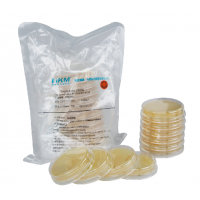
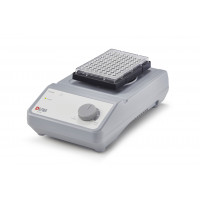
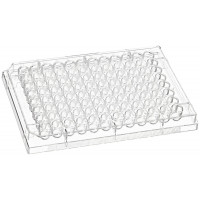
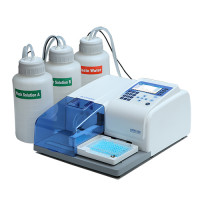
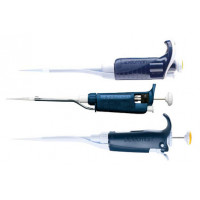
-200x200.jpg)
